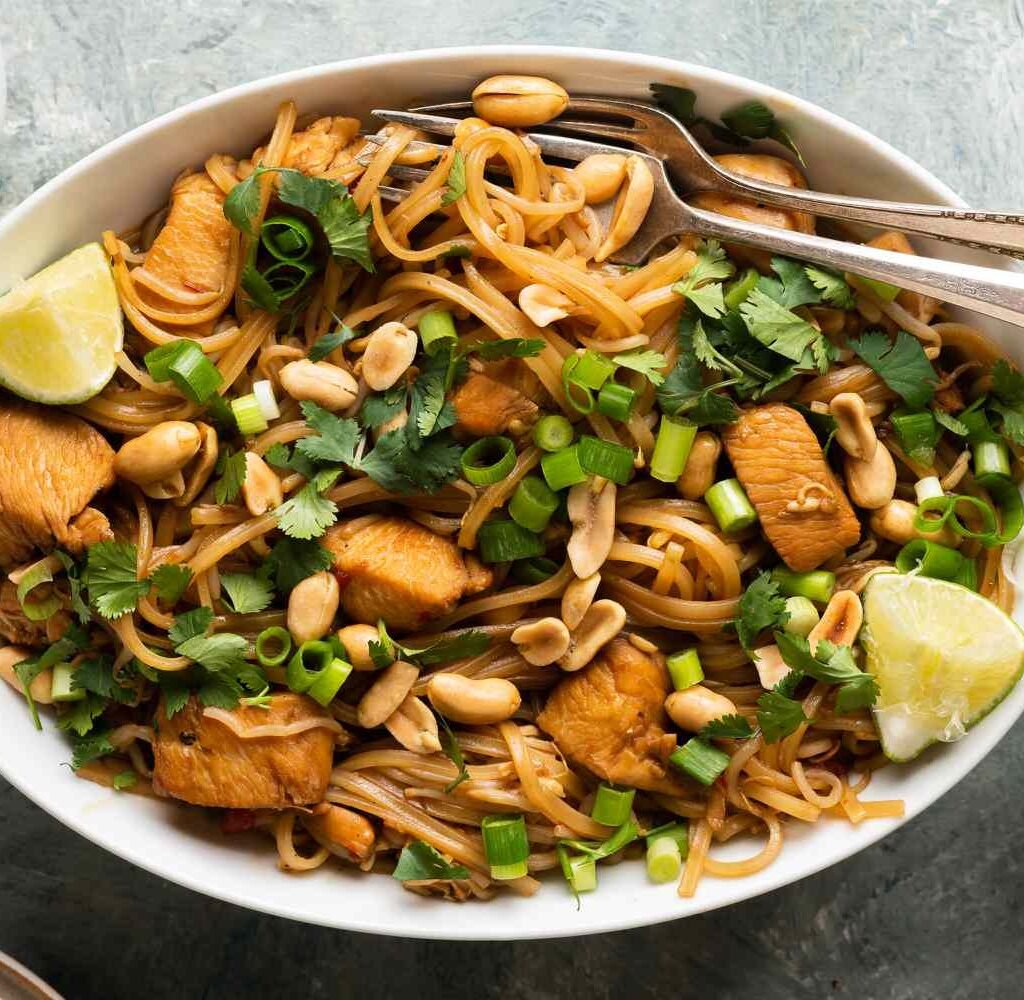
Among all Thai dishes, few are as famous or loved as chicken pad thai recipe. Its unique combination of flavors — sweet, savory, tangy, and just a hint of spice — perfectly represents Thailand’s culinary harmony.
At Saagar Phuket, our chefs take pride in serving an authentic chicken pad recipe that captures the essence of this beloved dish. Every plate tells a story of culture, creativity, and comfort that has made Pad Thai an international favorite.
The Origins of Pad Thai
Pad Thai was first introduced in Thailand during the 1930s as part of a national campaign to promote Thai identity through local cuisine. Rice noodles, a staple in Thai households, were used as the base, while fresh ingredients like tamarind, fish sauce, and peanuts added the country’s signature balance of flavors.
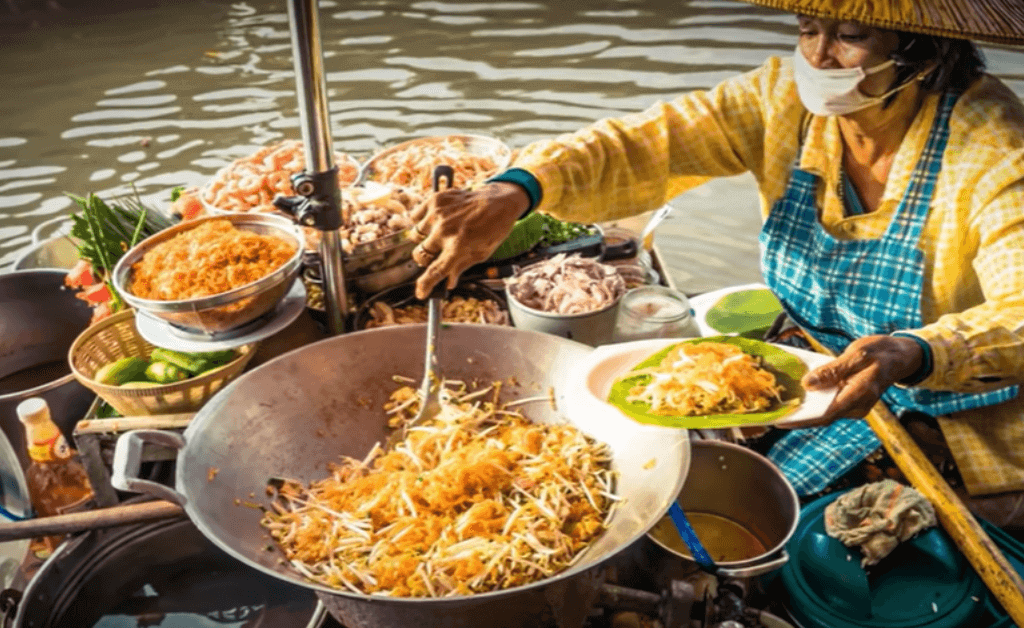
Over time, countless variations emerged, but the authentic chicken pad recipe remains true to its roots — a street food dish that brings people together through its simplicity and unforgettable taste.
The Ingredients That Make It Special
Creating a delicious chicken pad thai recipe chicken dish begins with quality ingredients. We use locally sourced produce and freshly made rice noodles to maintain authenticity.
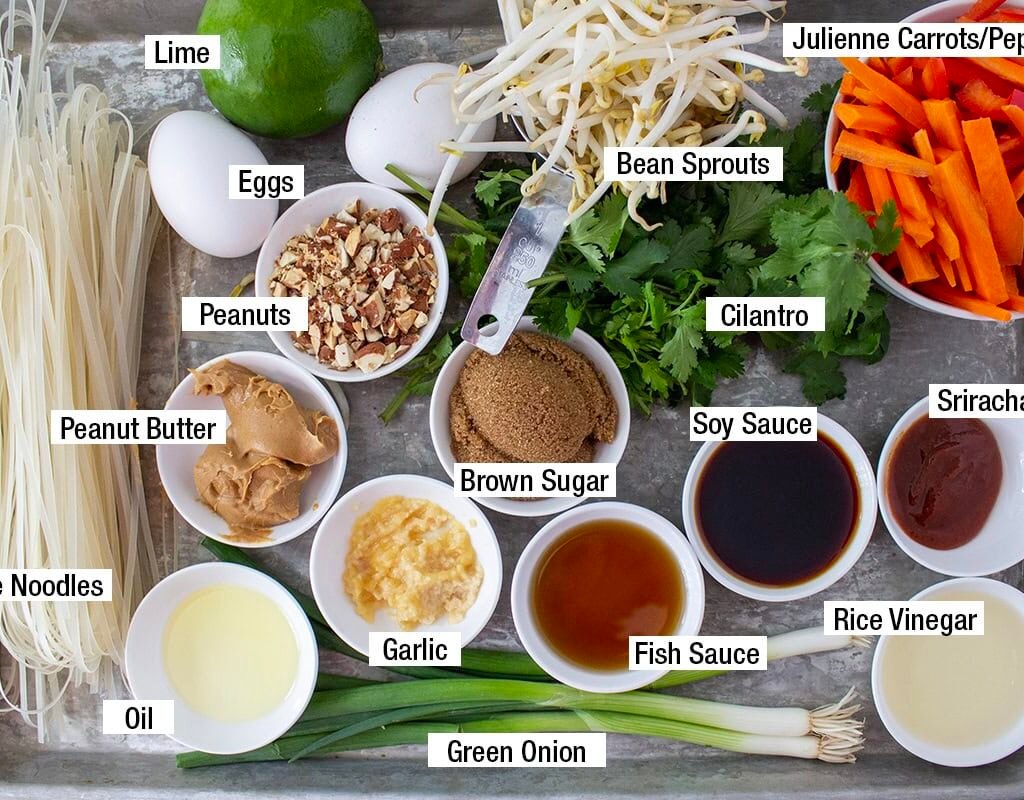
To recreate this dish at home, here’s what you’ll need:
- 200g flat rice noodles
- 150g boneless chicken breast, thinly sliced
- 2 tablespoons vegetable oil
- 2 cloves of garlic, minced
- 2 eggs
- 1 cup bean sprouts
- 2 tablespoons fish sauce
- 1 tablespoon tamarind paste
- 1 tablespoon palm sugar (or brown sugar)
- 1 teaspoon chili flakes (optional)
- 2 tablespoons crushed peanuts
- 1 stalk green onion, chopped
- A wedge of lime for serving
This combination forms the foundation of the chicken pad thai recipe authentic style that you’ll find in Thailand — flavorful yet perfectly balanced.
How to Prepare Chicken Pad Thai
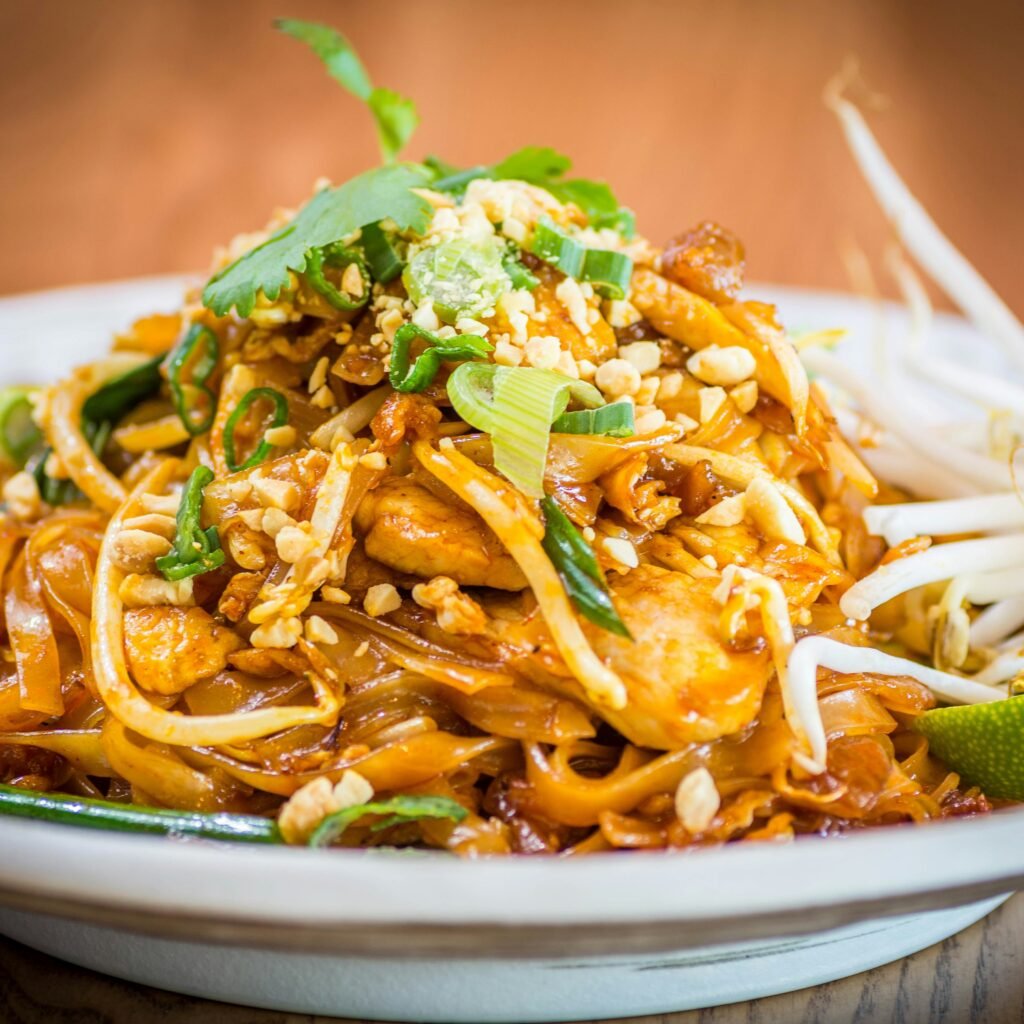
- Soak the Noodles: Start by soaking the rice noodles in warm water for about 20 minutes or until soft. Drain and set aside.
- Cook the Chicken: Heat oil in a wok or pan, add minced garlic, and stir-fry until fragrant. Add the chicken and cook until tender.
- Add the Sauce: In a small bowl, mix fish sauce, tamarind paste, and palm sugar. Pour it into the pan and stir until the chicken absorbs the flavors.
- Add the Noodles and Egg: Toss in the soaked noodles. Push them to one side, crack the eggs into the pan, and scramble lightly before mixing with the noodles.
- Finish with Crunch and Color: Add bean sprouts, green onions, and chili flakes. Stir well, then top with crushed peanuts and a squeeze of lime before serving.
This is the same process our chefs follow at Saagar Phuket to prepare each serving fresh, maintaining the traditional street-style flavor and aroma that makes Pad Thai so irresistible.
What sets Pad Thai apart from other noodle dishes is its perfect balance of tastes. Tamarind provides tanginess, sugar adds sweetness, and fish sauce delivers saltiness and depth. The crunch of peanuts and the freshness of lime complete the experience. This harmony of elements makes Pad Thai a dish that pleases every palate — whether you’re a first-time visitor to Thailand or a long-time lover of Thai food.
Is Pad Thai Gluten-Free?
A common question we hear from guests is: is Pad Thai gluten free? The answer depends on the ingredients used. Traditional Pad Thai made with rice noodles is naturally gluten-free. However, the sauces — particularly soy sauce — may contain gluten unless replaced with a gluten-free alternative.
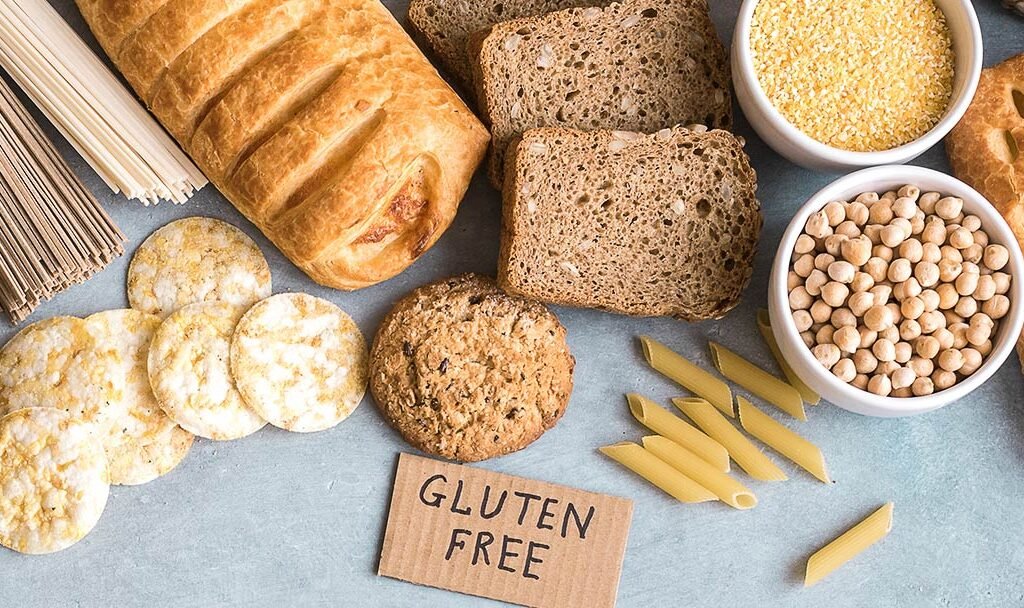
We make it a point to offer gluten-free versions for our guests who have dietary preferences, ensuring everyone can enjoy the full experience of Thai flavors safely and deliciously.
Tips from Saagar Phuket’s Chefs
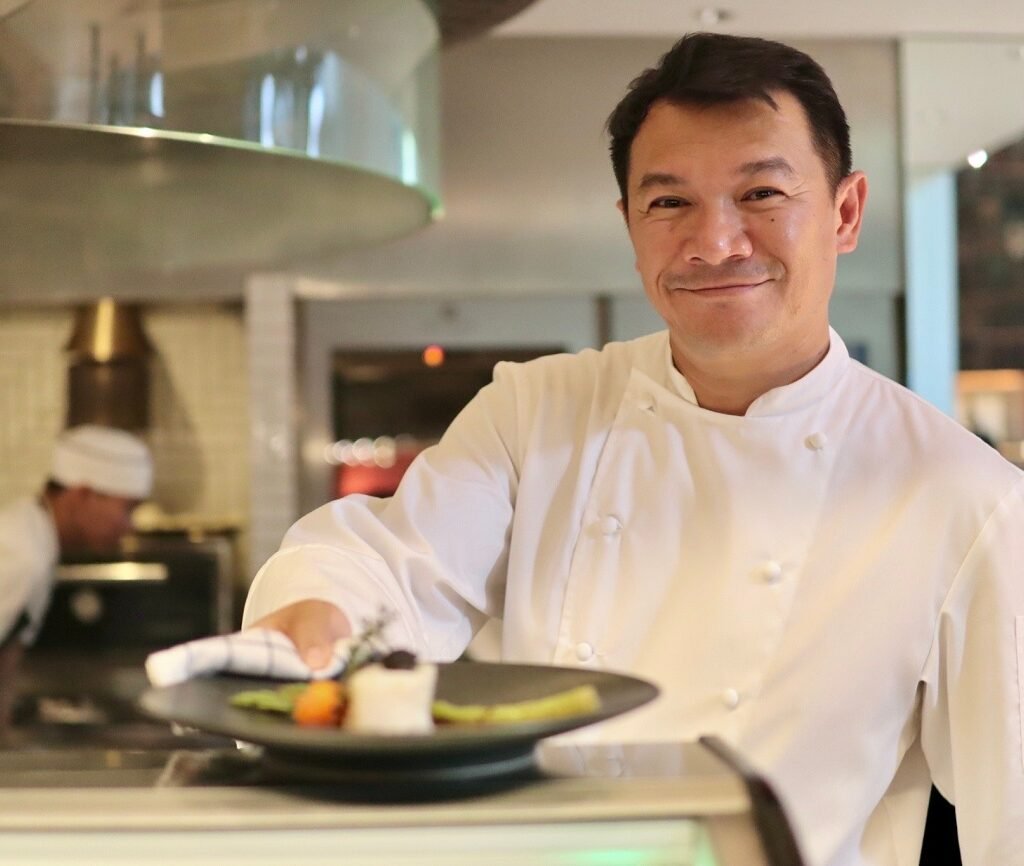
- Use Tamarind Paste Wisely: Too much tamarind can overpower the dish; balance it with sugar for the perfect tang.
- Cook Fast and Hot: Like most Thai stir-fries, Pad Thai is best cooked quickly over high heat to keep the noodles light and springy.
- Customize Spice Levels: Adjust chili flakes according to your preference. Authentic versions can be quite spicy, but mild variations are equally flavorful.
- Serve Immediately: Pad Thai is best enjoyed fresh off the wok when the ingredients are still vibrant and the noodles perfectly coated.
If you want to read about Indian cuisine, please visit our blog page.
Modern Twists and Healthier Options
Today, chefs around the world experiment with different versions of Pad Thai. Some add shrimp paste for depth, others substitute chicken with tofu for a vegetarian version. Health-conscious diners often enjoy Pad Thai with zoodles (zucchini noodles) or brown rice noodles.
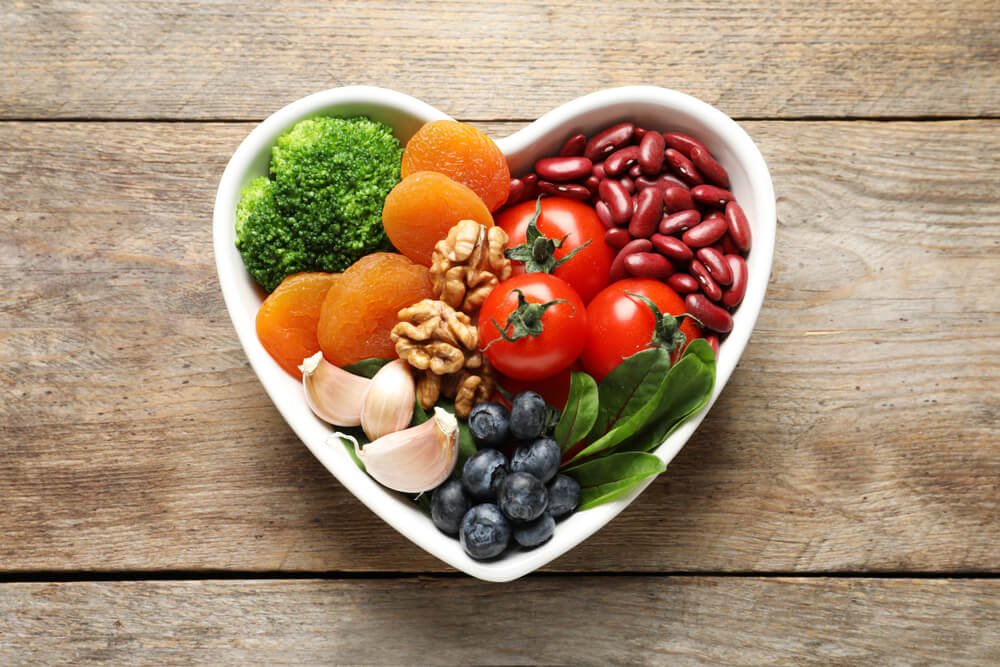
Despite these modern changes, the essence of the dish — its signature balance of sweet, sour, salty, and spicy — remains timeless.
Pairing Suggestions
chicken pad thai recipe pairs beautifully with light, refreshing drinks that complement its rich flavors. We recommend pairing it with a chilled lemongrass tea or a citrus-based cocktail like Lemon Sour. The zesty notes balance the savory richness of the dish and make every meal a memorable experience.
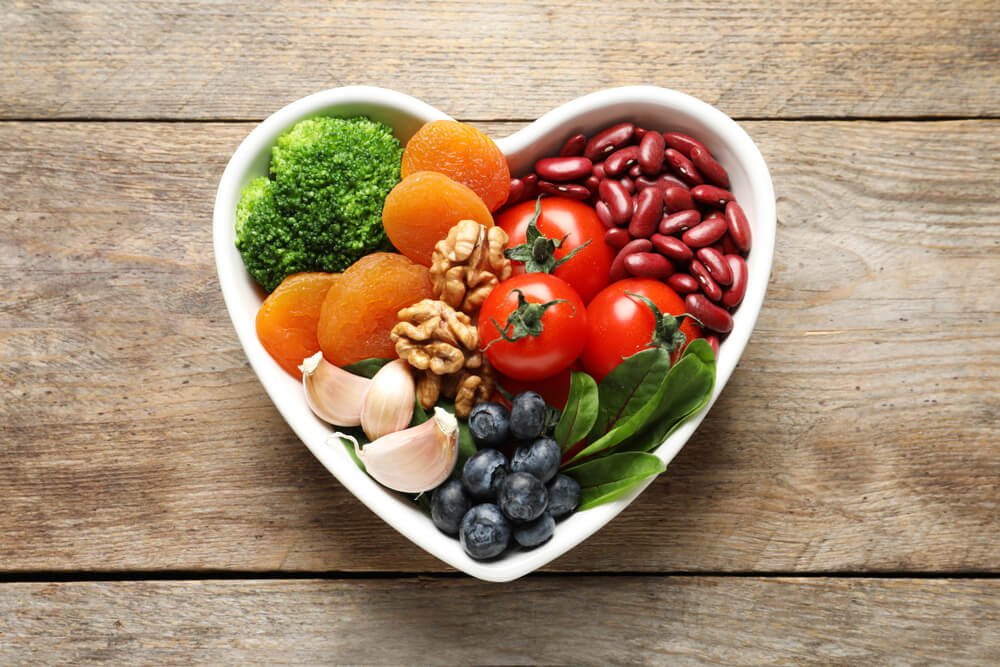
At our restaurant, presentation is as important as flavor. Each serving of Pad Thai is plated beautifully with a slice of lime, a small pile of crushed peanuts, and fresh herbs. The vibrant colors and enticing aroma reflect the artistry of Thai cooking — a feast not just for the taste buds, but for all the senses.
Frequently Asked Questions
What noodles are used in chicken pad thai recipe?
Flat rice noodles are traditionally used for the best texture and authenticity.
Is Pad Thai always spicy?
Not necessarily — while some versions include chili flakes, you can adjust the spice level to your liking.
Can I make Pad Thai without fish sauce?
Yes, for a vegetarian or vegan version, you can replace fish sauce with soy sauce or tamari.
What makes authentic Pad Thai different?
Authentic Pad Thai focuses on balance — tangy tamarind, sweet sugar, salty fish sauce, and a hint of spice, all stir-fried to perfection.
